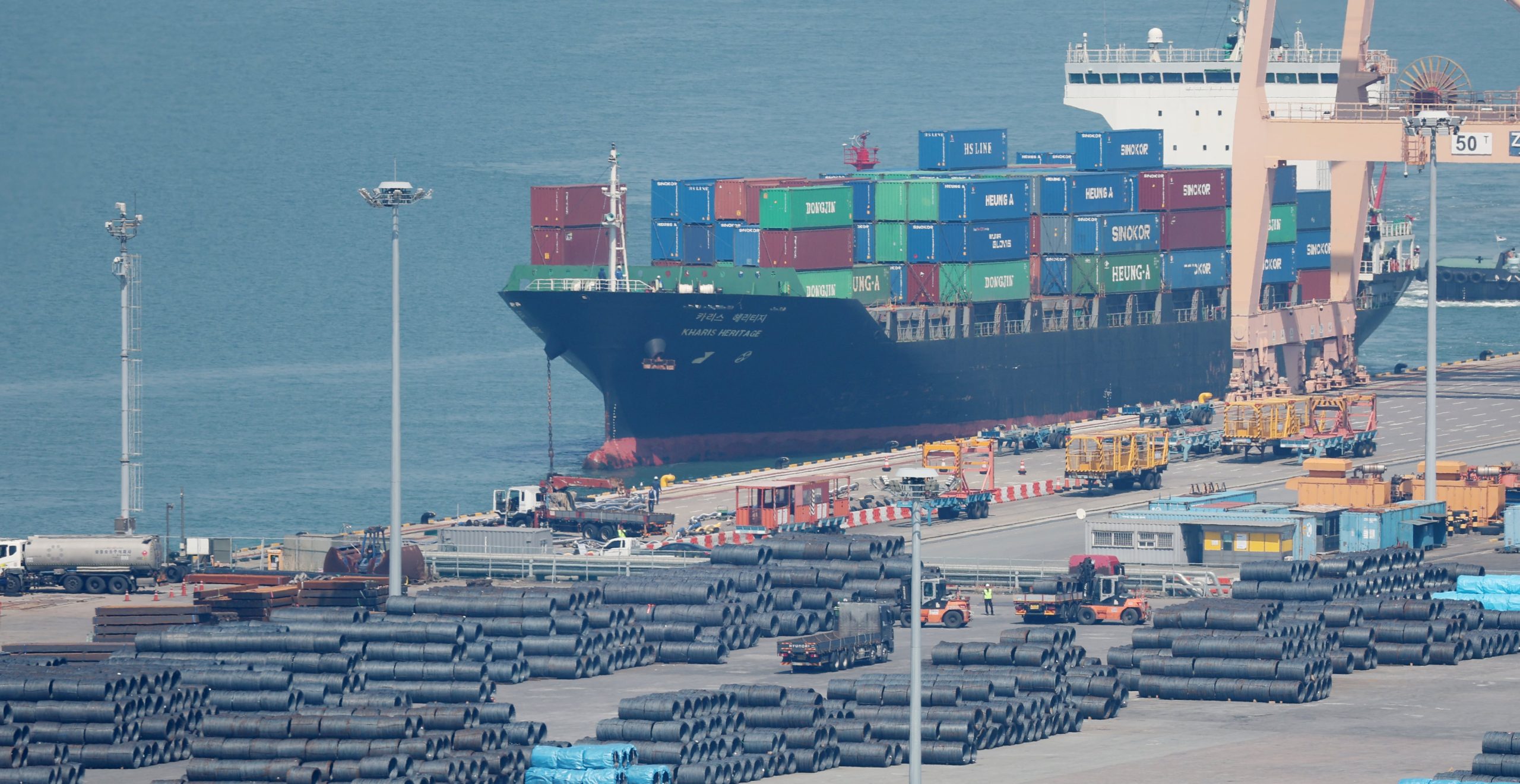In March, South Korea’s current account recorded a surplus of $9.14 billion, marking its 23rd straight month of surpluses, according to data released by the Bank of Korea on May 9.
It was the third-longest stretch since 2000, following streaks of 83 months from May 2012 to March 2019 and 27 months from May 2020 to August 2022.
The surplus widened from $7.18 billion in February and $6.99 billion a year earlier. In the January-March quarter, the cumulative surplus reached $19.26 billion, up from $16.48 billion a year earlier.
The goods account surplus climbed to $8.49 billion, driven by a rebound in semiconductor exports and solid demand for computers. Exports rose 2.2% from a year earlier to $59.31 billion, led by computer peripherals (up 31.7%), pharmaceuticals (17.6%) and semiconductors (11.6%). Shipments of petroleum products and steel declined 28.2% and 4.9%, respectively.
Imports increased 2.3% to $50.82 billion. Raw material imports fell 7.5% amid lower energy prices, with coal, petroleum products and crude oil all posting declines. In contrast, capital goods imports jumped 14.1%, fueled by an 85.1% surge in semiconductor manufacturing equipment.
The service sector reported a deficit of $2.21 billion, which was an improvement compared to the $3.21 billion gap seen in February and the $2.74 billion deficit observed a year ago. In terms of tourism, the travel segment showed a deficit of $720 million, down from the prior month due to decreased outgoing trips coupled with more international visitors arriving during the spring period.


Leave a Reply